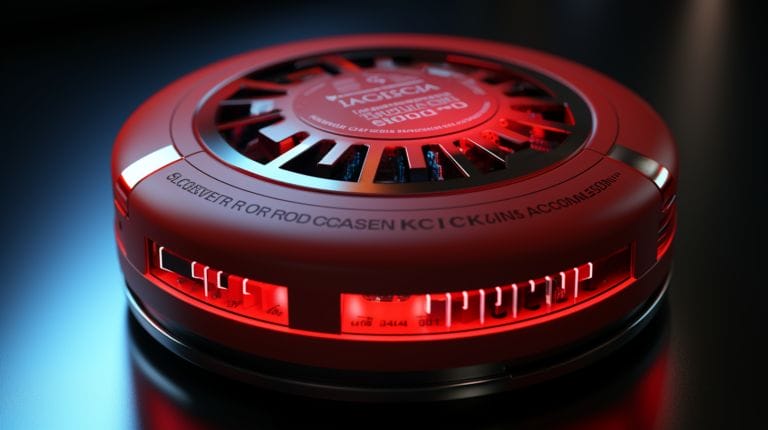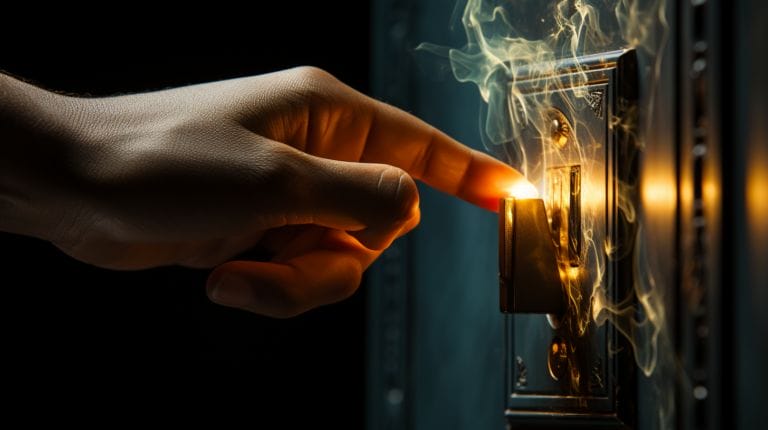How to Join Solar Panels: Step-by-Step Guide
When we talk about joining solar panels, it’s essential to understand the basics of wiring and the importance of proper connections. We need to decide whether to wire them in series or parallel, as each method has its unique benefits and applications. To kick things off, let’s explore the step-by-step process of wiring solar panels in series.
We’ll connect the positive terminal of one panel to the negative terminal of the next, but there’s more to it than just making connections. Ensuring compatibility and stability is key. So, how do we guarantee a safe and efficient setup?
Key Takeaways
- Determine whether to connect panels in series or parallel based on voltage and current needs.
- For series connections, link the positive terminal of one panel to the negative terminal of the next.
- For parallel connections, join all positive terminals together and all negative terminals together.
- Use appropriate gauge wire to handle the current and ensure safe, secure connections.
- Verify that all panels have matching voltage and current ratings for optimal performance.
Understanding the Basics of Solar Panel Wiring

In solar panel wiring, understanding the role and types of wires involved is crucial to ensure a safe and efficient setup. Grasp the fundamentals of voltage and amperage, as these factors determine how effectively our system operates.
In series wiring, you connect the positive terminal of one panel to the negative terminal of the next, increasing voltage while keeping amperage constant. This setup is ideal for systems where higher voltage is needed to overcome long distances or resistance in the wires.
Parallel wiring, on the other hand, involves connecting all positive terminals together and all negative terminals together. This keeps voltage the same but increases amperage, making it ideal for applications requiring more current.
Grasping these wiring methods’ differences is key to optimizing our solar panel system. By selecting the appropriate wiring configuration, we can ensure our setup is both safe and efficient, ready to harness the sun’s energy to its fullest.
Step-by-step Guide on How to Wire Solar Panels in Series

To wire solar panels in series, start by connecting the positive terminal of the first panel to the negative terminal of the next panel. This initial step forms the backbone of series wired connections, allowing the voltage of the panels to add up while the current remains constant.
Wiring solar panels in series essentially creates a string of panels that operate as a single unit, boosting overall system voltage. Importantly, panels with different voltage ratings shouldn’t be mixed in a series circuit to avoid inefficiencies and potential damage. Each panel in the series should ideally have the same voltage and current ratings for optimum performance.
Finally, always double-check connections to ensure stability and safety within the solar wiring framework.
Connecting Solar Panels in Parallel: A Practical Approach

Connecting solar panels in parallel enhances the overall current capacity of our system, maximizing our energy output. Wiring solar panels in parallel involves connecting the positive terminals of each panel together and the same for the negative terminals. This allows the current to add up while the voltage remains the same as a single panel. This is perfect for applications requiring higher current without increasing voltage.
Choosing Between Series and Parallel: Series Vs Parallel Connections

Both series and parallel connections offer unique benefits, and understanding their differences is crucial for optimizing our solar power system.
Connecting solar panels in series boosts the overall voltage while keeping the current constant. This setup is ideal when you need to stay within a specific voltage window for maximum power point tracking to function efficiently. However, shading on a single panel can greatly reduce the output of the entire string.
Conversely, connecting panels in parallel increases the current while maintaining a constant voltage. This setup is useful when dealing with partially shaded areas as shading on one panel doesn’t drastically impact the others. Parallel strings also allow system expansion by adding more panels in the future without overhauling the existing structure.
Exploring Advanced Connection Options: String Inverters, Microinverters, and Optimizers

In the realm of advanced solar connections lie three primary players: string inverters, microinverters, and optimizers. Understanding their roles within a solar energy system is fundamental to effectively leveraging solar power.
String inverters, the traditional choice, convert DC power from a solar PV system into usable AC power. They are cost-effective and relatively straightforward to install. To connect them, solar panels are wired in series, forming a ‘string’, which then feeds into a single inverter. However, the performance of an entire string can falter if just one panel underperforms.
On the opposite end of the spectrum, microinverters are individually mounted to each solar panel. This arrangement allows each panel to operate independently, thus maximizing efficiency even when some panels are compromised by shade or dirt. Installing microinverters involves attaching one to each panel and linking them to a junction box. While this option offers superior performance monitoring, it does come with a higher price tag.
Striking a balance between string inverters and microinverters are optimizers. These devices, installed on each panel, collaborate with a central string inverter to optimize individual panel output. They deliver enhanced performance monitoring and increased energy yield. Connection of optimizers necessitates mounting one on each panel and wiring them to a centralized string inverter, providing a blend of the best attributes of both string inverters and microinverters.
Conclusion
To sum up, we’ve covered the essentials of wiring solar panels, whether in series or parallel. By understanding each method, we can make informed decisions based on our specific energy needs.
Ensuring all panels match in voltage and current ratings is vital for efficiency and safety. Let’s double-check our connections before integrating them with a charge controller or inverter.
With these steps, we’re on the right path to a reliable solar power system.
Frequently Asked Questions
Can I wire solar panels in parallel?
Yes, you can wire solar panels in parallel to increase the current output.
Is it better to wire solar panels in series or parallel?
Wiring solar panels in series increases the voltage output, while wiring in parallel increases the current output. The choice depends on your system requirements.
How are solar panels wired in series?
Solar panels are wired in series by connecting the positive terminal of one panel to the negative terminal of another panel.
What are the basics of solar panel wiring?
Solar panel wiring basics involve understanding how to connect the positive and negative terminals of the panels to create a circuit.
Do I need a solar installer to connect solar panels?
It is recommended to hire a professional solar installer to ensure proper and safe installation of solar panels.
What is the role of an inverter in a solar system?
An inverter is used to convert the direct current (DC) generated by solar panels into alternating current (AC) that can be used to power electrical devices.







